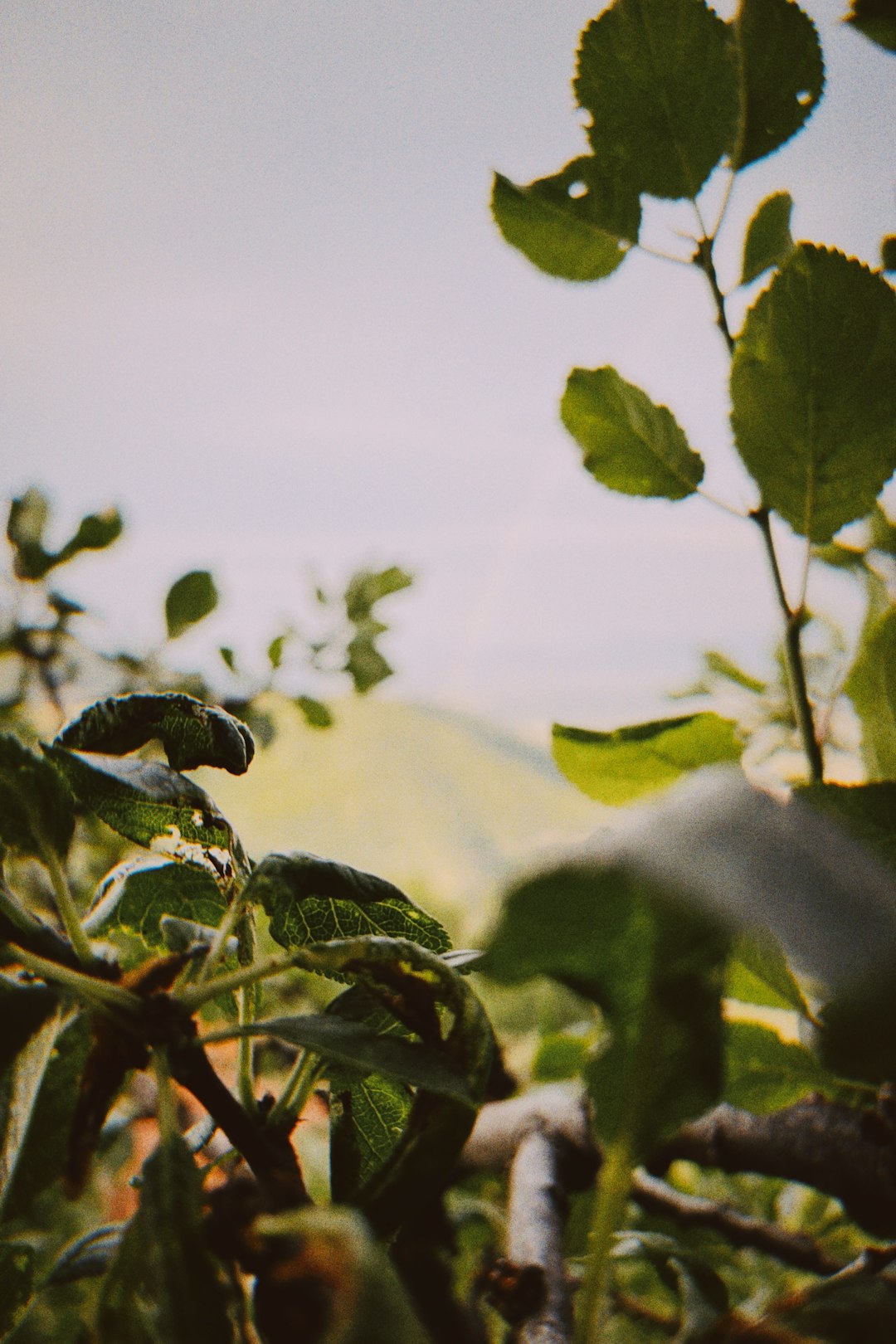The Magic of Drought - Resistant Perennials in Your Garden

In the world of gardening, the quest for beautiful yet low - maintenance plants is a never - ending journey. One group of plants that stands out in this regard is drought - tolerant perennials. These remarkable plants have adapted to survive long periods of dry weather, making them an ideal choice for gardeners in regions with limited water resources or those who simply want to reduce their water consumption.
Perennials, by nature, are plants that live for more than two years. They come back year after year, which means less replanting and more time to enjoy their beauty. Drought - tolerant perennials take this advantage a step further by being able to thrive even when water is scarce.
One of the most popular drought - tolerant perennials is the Lavender. With its fragrant purple flowers and silvery - green foliage, Lavender not only adds a touch of elegance to any garden but also attracts bees and butterflies. It prefers well - drained soil and full sun, and once established, it can withstand long dry spells. The essential oils in Lavender have also made it a favorite in the perfume and aromatherapy industries.
Another excellent choice is the Yarrow. Yarrow comes in a variety of colors, including yellow, pink, and white. It has feathery foliage and flat - topped flower clusters that bloom from early summer to fall. Yarrow is extremely hardy and can grow in poor soil conditions. It is also known for its medicinal properties and has been used for centuries to treat wounds and reduce inflammation.
Agastache, also known as Hyssop, is a drought - tolerant perennial that is a magnet for hummingbirds. Its tubular flowers come in shades of pink, purple, and orange. Agastache thrives in hot, sunny locations and well - drained soil. It has a pleasant minty fragrance and can be used in teas and herbal remedies.
When planning a garden with drought - tolerant perennials, it's important to consider the soil type. Most of these plants prefer well - drained soil, as waterlogged soil can lead to root rot. You can improve the drainage of your soil by adding organic matter such as compost or sand. Additionally, proper spacing between plants is crucial. This allows air to circulate around the plants, reducing the risk of fungal diseases.
Watering is still necessary, especially during the establishment phase. However, once these perennials are well - rooted, they require much less water. A deep, infrequent watering schedule is better than frequent shallow watering. This encourages the roots to grow deeper into the soil in search of water, making the plants more resilient.
Pruning is also an important aspect of caring for drought - tolerant perennials. Removing dead or damaged foliage and spent flowers not only keeps the plants looking neat but also promotes new growth. For example, after the Lavender has finished blooming, you can give it a light pruning to shape it and encourage bushier growth.
These drought - tolerant perennials are not only practical but also add a splash of color and texture to your garden. They can be used in various garden designs, from formal to cottage - style gardens. You can create a beautiful border by combining different types of perennials, or plant them in containers for a more portable garden display.
In conclusion, drought - tolerant perennials are a wonderful addition to any garden. They offer the beauty of flowers without the high water requirements. By choosing these tough plants, you can create a sustainable and visually appealing garden that will thrive even in dry conditions. So, whether you're a seasoned gardener or just starting out, consider adding some of these amazing perennials to your outdoor space.